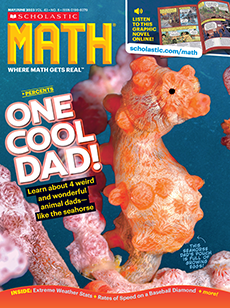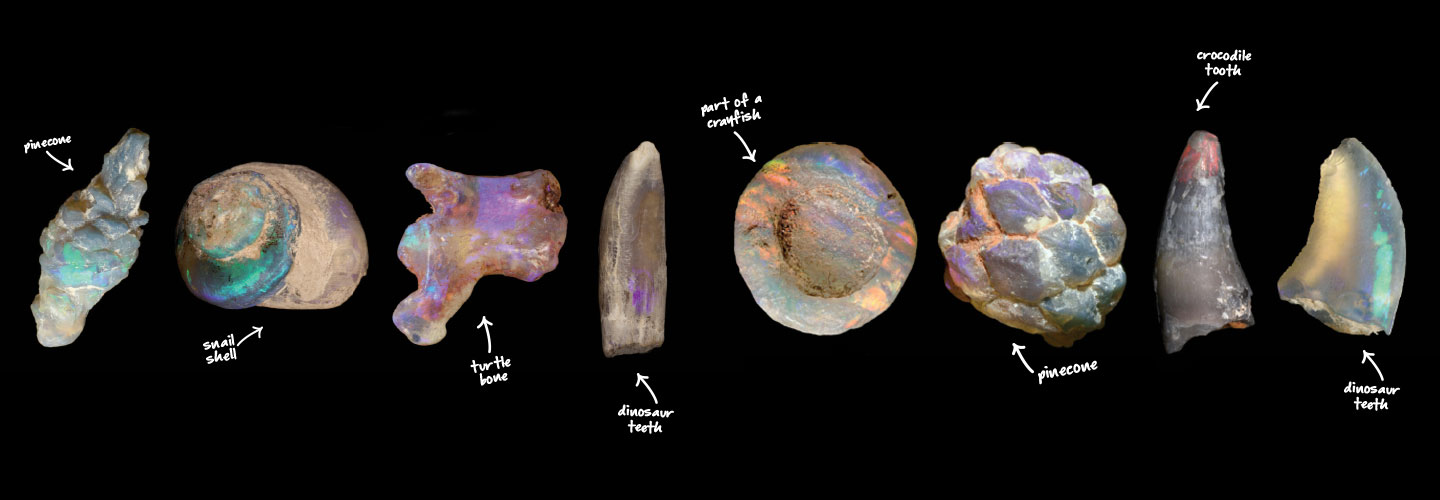Rock hounds and treasure hunters flock to the dry outback of eastern Australia to search for opals. About 95 percent of the world’s supply of these shimmering rainbow-colored gemstones come from the country’s opal fields. But some of the luckiest opal hunters will find something even more exciting: dinosaur fossils that have turned into opals! One of these opal fields, known as Lightning Ridge, has the greatest number of opalized fossils in the country—as well as the most diverse collection of fossils.
“It has been said that only one bone in a billion becomes a fossil,” says Elizabeth Smith, a paleontologist who has studied the site for years. “And opal is incredibly rare. So what are the chances of finding a dinosaur bone that has turned into opal?” Yet thousands of opalized fossils have been found at Lightning Ridge, including those from turtles, mammals, and giant marine reptiles. Many of them have yet to be studied.
Rock hounds and treasure hunters flock to the dry outback of eastern Australia to search for opals. Opals are shimmering, rainbow-colored gemstones. About 95 percent of the world’s supply comes from this country’s opal fields. But some of the luckiest opal hunters will find something even more exciting. Sometimes, they find dinosaur fossils that have turned into opals! One of these opal fields is Lightning Ridge. It has the greatest number of opalized fossils in the country. It also has the most diverse collection of fossils.
According to Elizabeth Smith, only one bone in a billion becomes a fossil. She’s a paleontologist who has studied the site for years. “Opal is incredibly rare, so what are the chances of finding a dinosaur bone that has turned into opal?” Lightning Ridge seems to defy the odds. Thousands of opalized fossils have been found there. They include fossils from turtles, mammals, and giant marine reptiles. Many of them have yet to be studied.

